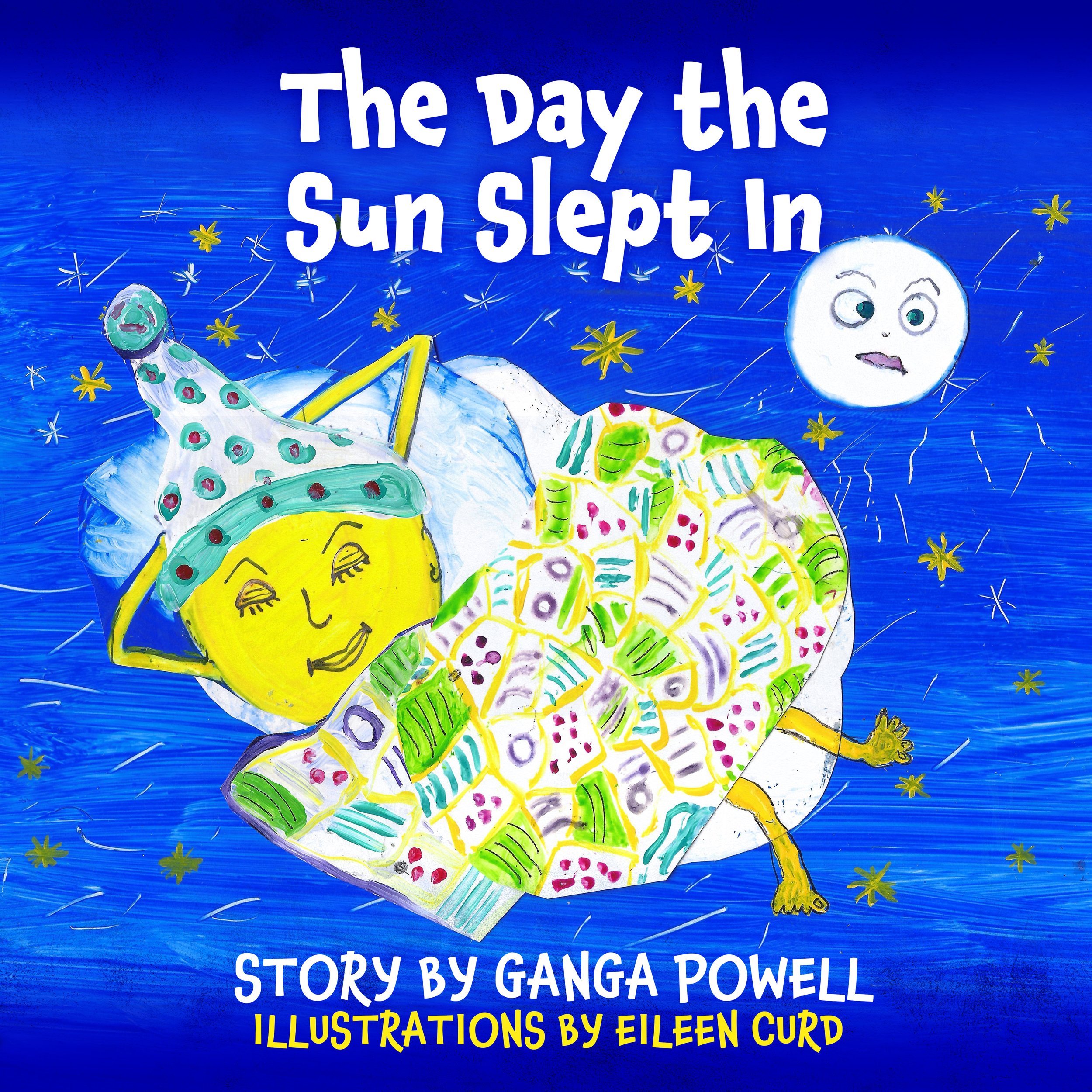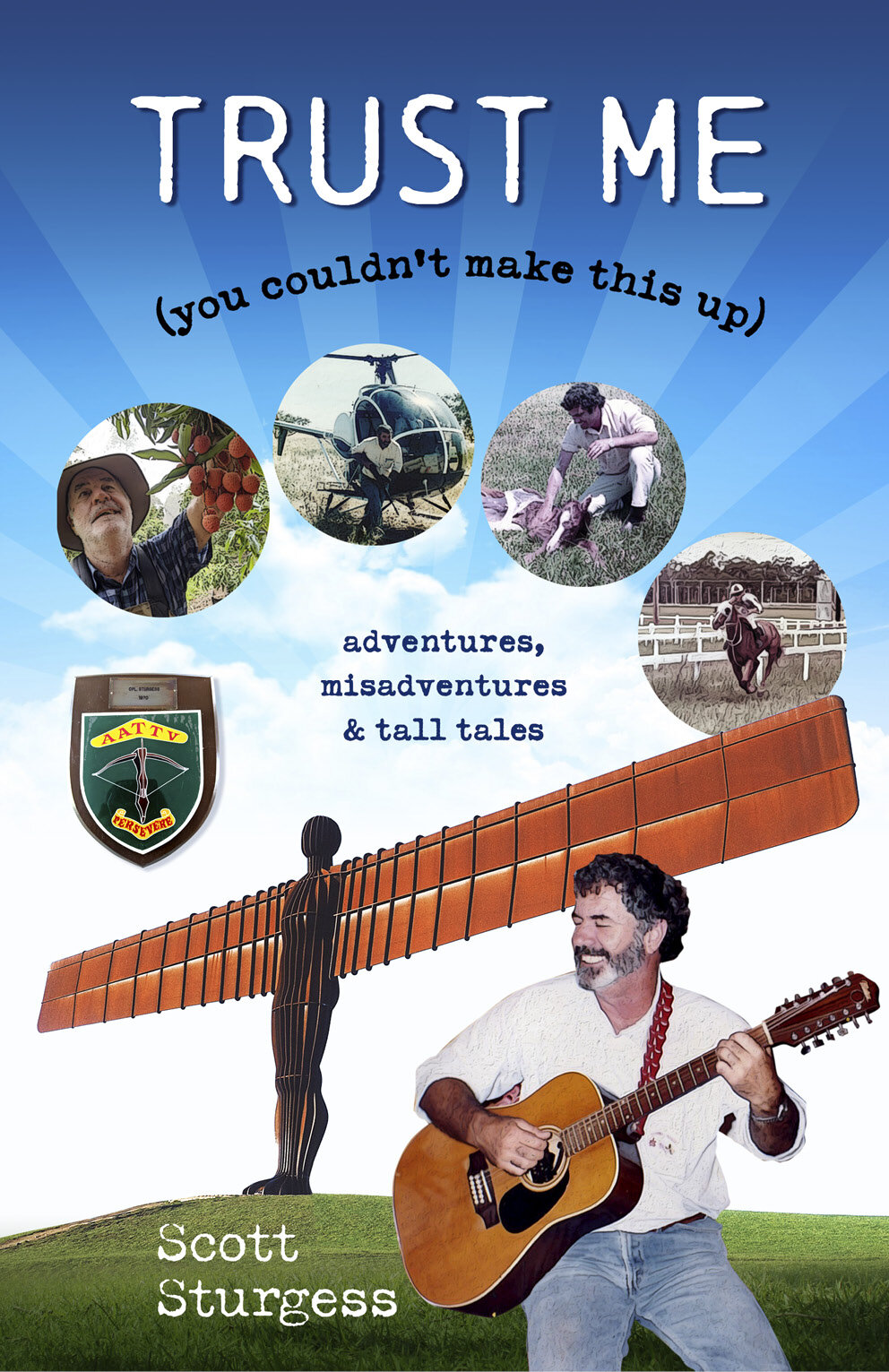For writers, research is often the invisible backbone of compelling narratives, rich settings and believable characters. Historical fiction and fantasy worlds don’t magically come to life if the art of research isn’t mastered. It can mean the difference between a smooth creative process and weeks lost to digital clutter and forgotten references.
Why Organizing Information Is Necessary
The curse of creativity can be a messy mind. However, as much as wordsmiths would love a second brain to store and organize research data, disorganized information can still lead to a loss of time and effort skimming for details. Thankfully, some digital tools, like a bookmark manager, can make it easy for writers to track their digital library.
The reality of chaos can waste energy and time, precious resources that should otherwise be spent doing actual writing. Writers can’t afford these inefficiencies, especially under tight deadlines.
This article outlines seven essential, research-based strategies that every author — novice or seasoned — can adopt to streamline their process, boost productivity and elevate their work.
1. Get on the Right Track With an Outline
Aimless research can consume hours without yielding relevant insights. Creating an outline acts as a directional compass for the research phase, giving authors clarity and control. While it doesn’t have to be rigid, an outline serves as a skeleton for the writing structure. It helps identify core areas where deeper research is needed, especially in historical context, setting details or linguistic accuracy.
Drafting an initial outline or a concept map — even if it evolves later — ensures that writers are not merely hoarding facts but curating them intentionally. Authors who plan with subheadings or thematic chunks tend to maintain narrative coherence and avoid the temptation of unnecessary digressions.
2. Set Goals and Deadlines
Research can quickly turn into a rabbit hole that authors often fall into when inspiration meets unlimited information. But time is a finite resource. Without a plan, even seasoned writers risk over-researching trivial details and under-researching critical narrative elements.
Establishing strict time blocks — for example, allocating one hour for learning about 18th-century naval ships — ensures time is used wisely. Setting deadlines for each stage of the research process keeps projects on track and allows authors to focus on quality over quantity. Set timers, limit database scrolling and assign deadlines for compiling source notes. It’s not about how much research gets churned but how much it supports the manuscript.
3. Pen Notes in a Physical Notebook
While digital tools offer convenience, physical note-taking has a unique edge — it helps embed ideas into memory and provides a tactile sense of ownership over the research. Studies in education and cognitive psychology confirm that writing by hand improves retention and critical thinking; plus, physical writing encourages engagement in the work being done and can even boost critical thinking skills.
Moreover, having one physical notebook to return to minimizes the chaos of scattered ideas across apps, browsers or multiple devices. It also avoids the saving syndrome, where information is stored but never revisited.
For those who prefer digital organization, a compromise is maintaining a single dedicated folder segmented by labeled documents and relying heavily on search functions like Ctrl+F. Just avoid the trap of saving endless PDFs without ever reviewing them.
4. Label Each Idea Clearly
Proper labeling is a simple but powerful organizational technique. Whether working digitally or by hand, clarity saves hours later on.
Digitally, create hierarchical folder structures — for instance, a master folder called Book Research, with subfolders for Characters, Architecture, Weapons or Historical Events. Within each, label documents by topic, like Victorian Hair Trends.pdf or Etymology of Elvish Names.docx.
Physically, use headers, section breaks or colored tabs. Color-coding by theme — like setting, character and era — lets writers navigate notes visually without rereading everything.
In both formats, adopt a consistent naming system. Writers can thank themselves later when looking for that one obscure article about 14th-century Parisian street markets.
5. Create a Character Bio Template
For fiction authors, especially those developing expansive casts, character bio templates are invaluable. They ensure consistency and help make each character distinct. More importantly, having this structure ready keeps the research targeted. Use a customizable template like the one below:
● Name
● Hair color
● Eye color
● Nationality
● Language
● Birthday
● Age
● Clothing style/color
Add optional fields for motivations, fears, backstories, relationships or occupations. Then, file each character’s research — whether visual references, historical context or personality notes — under their corresponding bio.
6. Research Only What the Characters Know
In world-building, it’s tempting to research every cultural nuance, weapon design or medical practice in history. But ask — does the character know this?
Limiting research to what the characters can realistically access or perceive keeps the process efficient and maintains narrative authenticity. For instance, a 19th-century sailor won’t describe a storm using meteorological terms, so why research barometric pressure shifts?
This character-centric approach helps writers avoid information overload and unnecessary exposition while sharpening the realism and perspective of their prose.
7. Keep a Works-Cited Page for the Research
A dedicated works-cited document or bibliography is crucial for nonfiction authors who must reference their sources and fiction writers who draw heavily from real-world facts, locations or legends.
Maintaining this list ensures intellectual honesty and streamlines revisions, especially if an editor or agent asks where that specific fact can be found. It also aids in future projects — no need to re-research what is already known.
Many writers skip this step until it's too late. Avoid that mistake. Create the bibliography as the research progresses, not after.
Organize to Create, Not to Hoard
Research is the groundwork of compelling storytelling, but it can be more of a burden than a boost if it isn't organized. Whether an author is just beginning their first novel or working on their 10th nonfiction volume, these seven essential tips provide a professional framework for keeping information accessible, relevant and usable.
About the Author
Eleanor Hecks is a writer and web designer who is passionate about helping other writers grow their online presence. Her work can be found on her site Designerly, as well as publications such as IndependentPublishing.com and I Need a Book Cover.






































